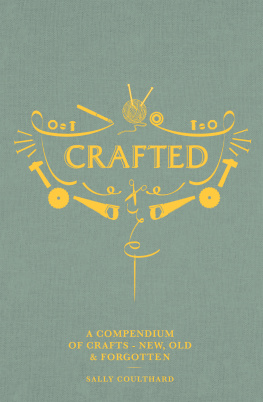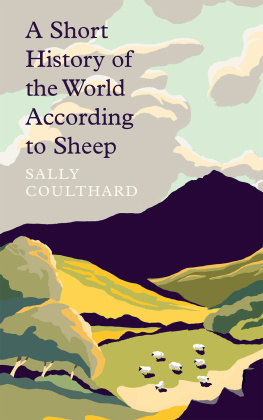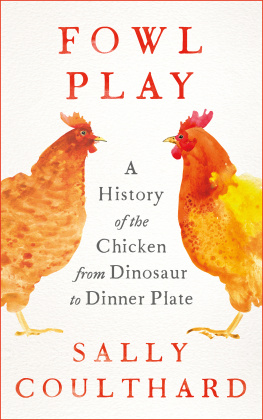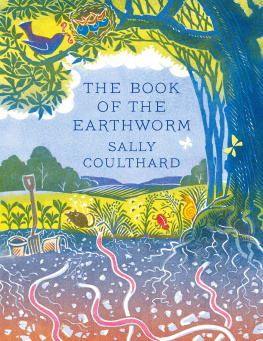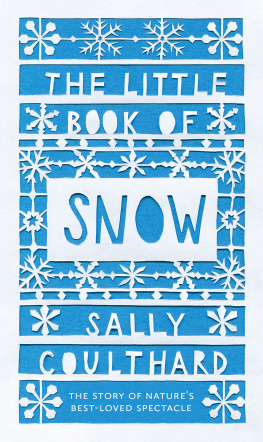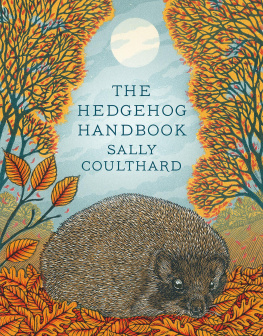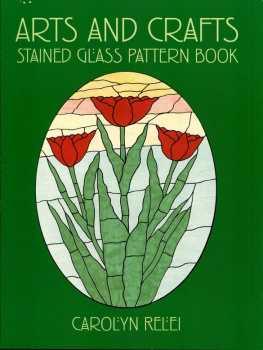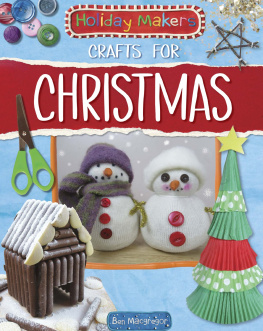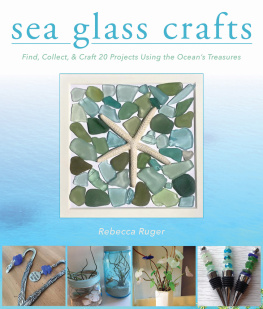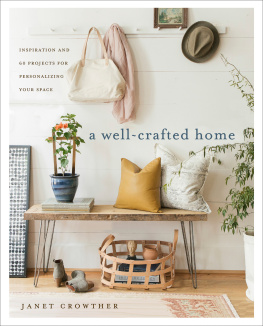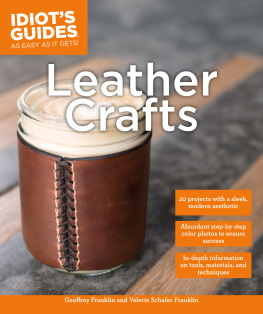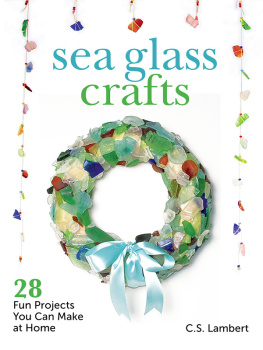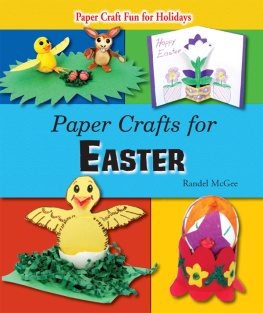Publishing Director Sarah Lavelle
Editor Harriet Butt
Designer Maeve Bargman
Illustrator Louise Lockhart
Production Director Vincent Smith
Production Controller Tom Moore
Published in 2019 by Quadrille, an imprint of Hardie Grant Publishing
Quadrille
5254 Southwark Street
London SE1 1UN
quadrille.com
All rights reserved. No part of this publication may be reproduced, stored in a retrieval system or transmitted in any form by any means, electronic, mechanical, photocopying, recording or otherwise, without the prior written permission of the publishers and copyright holders. The moral rights of the author have been asserted.
Cataloguing in Publication Data: a catalogue record for this book is available from the British Library.
text Sally Coulthard 2019
illustration Louise Lockhart 2019
design Quadrille 2019
eISBN 978 1 78713 297 9
FOR DAD,
a true craftsman
CONTENTS
THE CULTURE OF CRAFT
People make things. Constantly. Compulsively. It seems we just cant help ourselves. Whether its early humans smashing cobbles into cutting tools or Napoleonic sailors carving miniature ships from scavenged bones, the drive to create is one of our most defining and cherished traits.
But humans are also pragmatic. They like to create things with a purpose, a use. Throughout history, people have invented, perfected and shared these different techniques from making paper to weaving baskets so that today, we have a world culture thats rich with craft in all its different forms.
This is a book that celebrates the history, breadth and skill of crafts and the people who practice them. By delving into the origins of a craft, you often take unexpected turns or find connections between artisans; you see cultures developing their own versions of a particular craft, or spreading knowledge through trade or conflict. When you take the long view, it also becomes clear just how many crafts are endangered or have been lost. At other times, you find new crafts springing up in unexpected places, the result of new technologies or fresh-eyed artisans working at the boundaries of their skills.
Making stuff is at the very heart of who we are. One of the biggest leaps we made, on our evolutionary journey to become modern humans, was the discovery that we could make tools. Simple ones at first just a few stone flakes chipped from a larger rock but the advantage it gave us was a game-changer. Over 2.5 million years ago, these little stone cutters and scrapers gave our ape-like ancestors the upper hand over primates, allowing us to adapt and thrive in all sorts of new environments. Without Homo habilis (skilled or handy man) we could have never evolved into Homo sapiens (wise man).
Its an almost unimaginable distance between then and now, but the importance of making things hasnt diminished. There might be little, on the face of it, that links a village hall craft fair and one of the major leaps in human development, but at their heart the same, elegantly simple urge is playing itself out; the human desire to create something useful.
At the beginning of any discussion about craft, its useful to unpick what we mean. What is craft exactly and how does a crafted object differ from, say, a piece of art or a factory-made thing? Perhaps the best place to start is to try and pin down a definition.
Craft is usually described as an activity or trade that uses a certain set of skills, usually manual. Thats fine in as far as it goes, but its missing out so much of the rich detail and nuance of craft. In his brilliant book, Why We Make Things and Why It Matters, furniture maker Peter Korn posits when it comes to definition, craft is a moving target.
What he means is that the definition of craft changes depending on who you speak to and when; what a medieval person thought of as craft will not be equivalent to, say, someone in the 19th century. It is the same with how we view craftspeople. Today, the term is considered a compliment, a recognition of skill and status; not so for an ancient Egyptian slave, weaving in a cramped workshop or the 20th-century Ethiopian Jewish potter, viewed as an outcast because her work involves fire and danger. According to Korn, craft is a conversation flowing through time.
But just because craft is a fluid concept, it doesnt mean we shouldnt try to unravel some of its threads. If you and I had a chat about craft on a street corner, I suspect wed broadly agree, without having to say it, what we were talking about, so lets explore the idea a bit further.
One idea about craft is that the intention is different from, say, art. With art, the maker usually wants to say something abstract or meaningful with the object he or she is producing. The objects use is secondary. With craft, its usually the other way round. The maker is setting out to craft something functional and useful, first and foremost, whether its a pot, a rug or a horseshoe. If it says something profound or is beautiful to look at, thats an added bonus. There are always exceptions and shades of grey and the art versus craft debate is a well-trodden road. The answer, for me, is that art and craft are like red and orange. Different yet similar. Separate and yet difficult to separate. Its more a question of emphasis.
Theres also a sense that a craft needs a specialist set of skills, ones that are learned, practised and improved on; craft is often acquired through apprenticeship and training, whereas artists, by contrast, might rely on innate talent. The reality is that there is plenty of natural talent and self-guidance in craft while many artistic skills need to be taught, but again, its a matter of degrees and perception.
People who have mastered a particular craft are respected. The words artisan or craftsperson are used to denote a level of sophistication or practical artistry, even when it comes to food. You cant walk down a high street without spotting someone selling craft beer or artisan bread. Whats more, these skills can be passed down from generation to generation. Craft isnt lost if theres someone to receive the baton its handed on, added to and improved. Thats how we evolved from carving stone tools to Corinthian columns. Its the accretion of culture.
Craft skills are also predominantly manual. Crafters make things by hand. While machines can be used to help in the process (a potters wheel, for example, or a letterpress) theres an understanding that craft is essentially about practical handiwork, turning raw materials into objects using hand tools and physical dexterity. Its a moot point as we hurtle towards a future with greater mechanisation and digital content, whether craft will follow suit and rely less on handiwork. Whats clear is that, when you make things by hand (as opposed to using a machine with predetermined settings) you are relying on the maker to get it right, not the machine. David Pye, craftsman and writer, wrestled with the problem in The Nature and Art of Workmanship; If I must ascribe meaning to the word craftsmanship, I shall say as a first approximation that it means simply workmanship using any kind of technique or apparatus, in which the quality of the result is not predetermined, but depends on the judgement, dexterity, and care which the maker exercises as he works.

